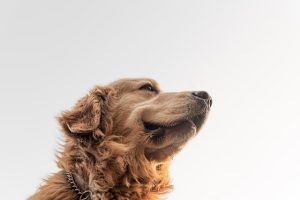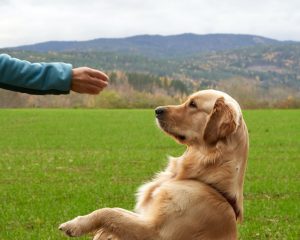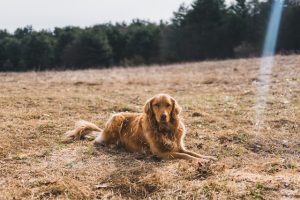The development from a small puppy to a large dog is a slow change. Even though it is normal, there is something that you can do to help alleviate or delay some of the problems that come with the aging dog. A large dog has different health requirements than a smaller dog. Here are some tips to help you maintain your oldest pet health.
The following are the likely signs of older dogs, which are inevitable. Depending on the size and breed of your dog, the aging process can be completely different from another dog of different size and breed. For instance, at about 10 years of age, a pup under 20 pounds is almost equivalent to 56 years old humans. Compare the similarly aged dog of age (10 years old), which is more than 90 pounds, which is equivalent to a 78 years old human. In line with a report from Tuft’s University, a little dog become a senior citizen around 12 years old, and a large dog breed reaches similar stage around its seventh year.
Dogs are likely to develop some health issues as they grow older. And as a dog owner, you should be familiar with the older dog’s health problems. Such problems can cause serious discomfort and pain to your dog as well as affecting its health badly. Therefore, as an owner, it’s your responsibility to develop a preventive plan to avoid these types of problems, because as your dog grows, many changes occur in its body.
You can make use of the established guidelines to find out when your pup begins to enter its golden years. This will aid you to recognize any changes in your dog behavior and health. Maintaining regular checkup with the veterinarian is also essential as your dog gets older because any irregularities can be discovered early. The following are the signs of aging and tips to help keep your dog as lively as possible:
When your dog finds it difficult to get around: some dog breed such as Retrievers are genetically known to be prone to hip problems and arthritis. Various breeds have divergent genetic problems you should be familiar with when adopting your puppy for the first time. Keep in mind that your dog may suffer great pain caused by arthritis or other health problems that make it difficult for him to get around like he did when he was younger. Think of providing stairs or ramps to let your older dog access bed or furniture. Ramps can make it easier for your dog to get up and down the stairs, you can as well place carpet on slippery floors, and this may help your dog to gain its footing. Ramps can as well help your older dog get in and out of a vehicle.
Consider any changes in your dog's behavior: observe your older dog's behavior cautiously. This is important for all dogs, but even more for older dogs. The changes in your pup behavior can be the symptoms of the illness. Watch particularly for changes in your dog water consumption and its appetite, including a change in the dog urine color.
Your dog nutritional requirements may change as the dog gets older. Therefore, it is important to choose an Age-Appropriate diet for your Pup. Excellent diet from feeding help slow down or reduce the speed at which the aging process proceeds. It is important to give your older dog foods suitable for its age. A few older dogs tend to be overweight and may require diet for less active dogs. Others may have difficulty retaining their weight and may require higher calorie or palatable diet. Older dogs also may have an illness that can be controlled or manipulated at least partially through diet.
As your dog age’, hearing and visions eventually become diminished. Try not to surprise your pup by altering his environment (changing the location of its bed, moving furniture, etc.). With diminished hearing, you need to try attracting your dog's attention in other ways, like standing in his front, clapping or using hand motions. Ensure your older dog has regular appointments with your veterinarian. It is recommended that older dogs should be examined twice a year or more, so if the dog has serious health problems. A careful medical examination conducted by a veterinarian may reveal health problems that can affect your dog’s life and comfort level.
Finally, perhaps the worst problems to notice in your older dog are behavioral changes. Just like when dealing with our elderly relatives who suffer from dementia or Alzheimer's disease, dealing with a dog with drastic behavior changes can be painful for you and your furry friend. Some of the symptoms to look out for are: lack of attentiveness, confusion, roaming in circles, barking without cause, being withdrawn and unusual aggression. These may start the aging process, try to keep your older dog's environment as steady as possible and as unchanged as possible as this may help.
RELATED ARTICLES:






Leave a Reply
You must be logged in to post a comment.